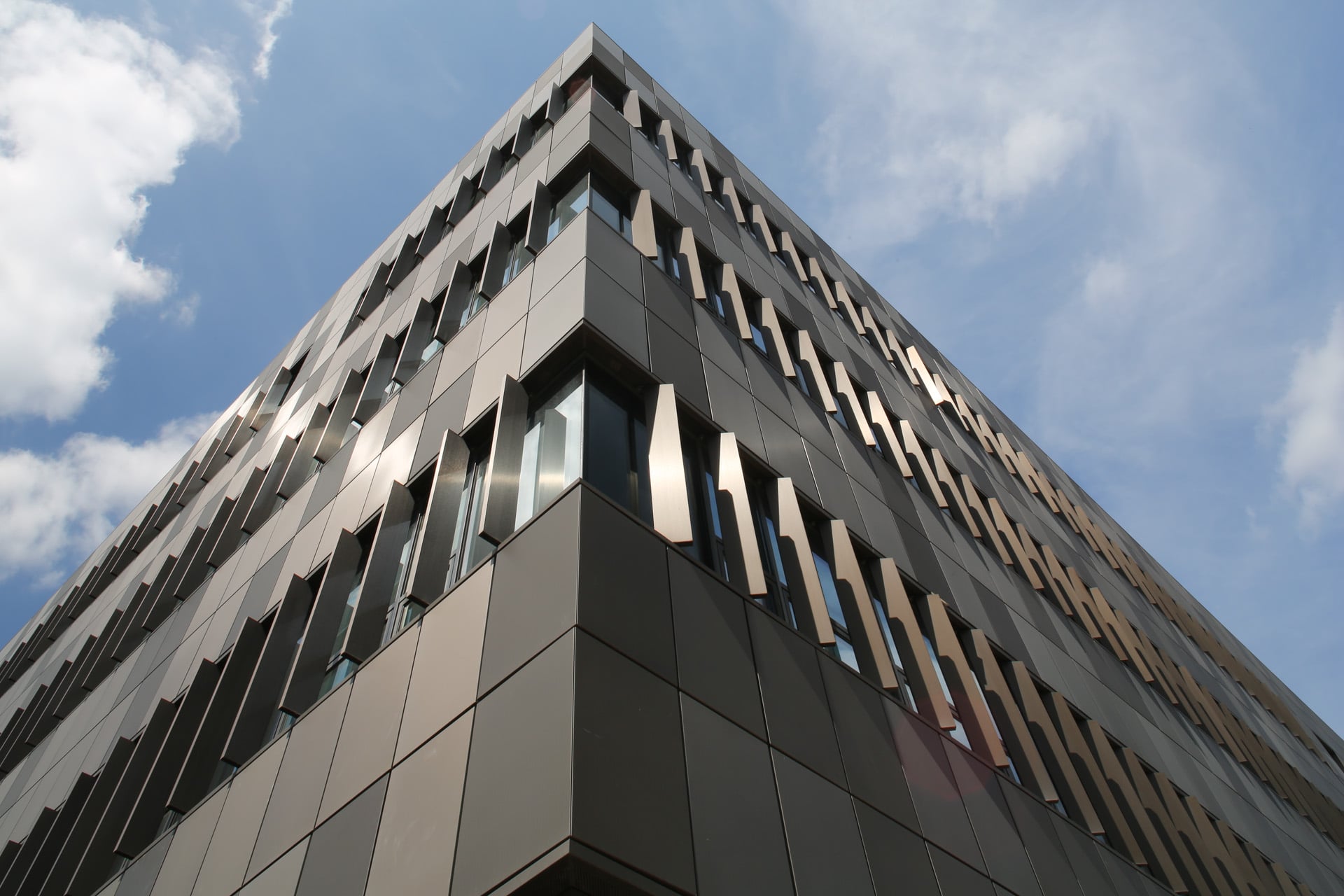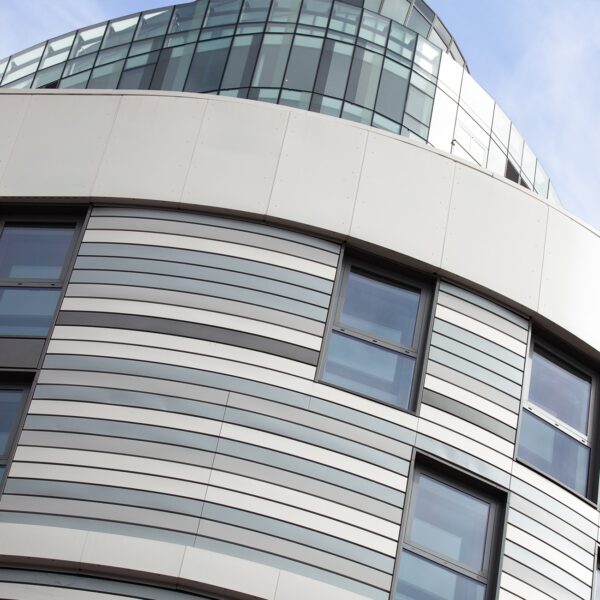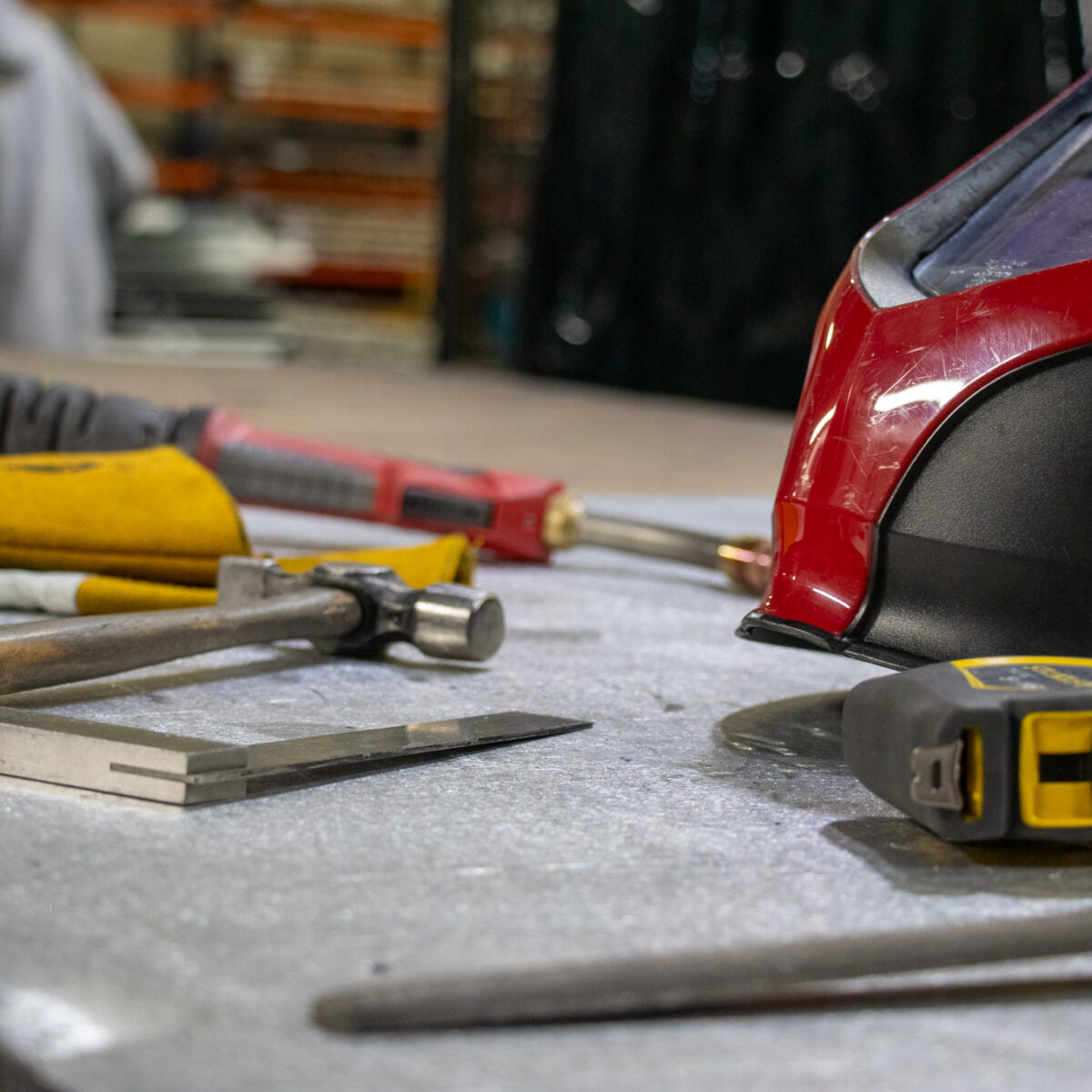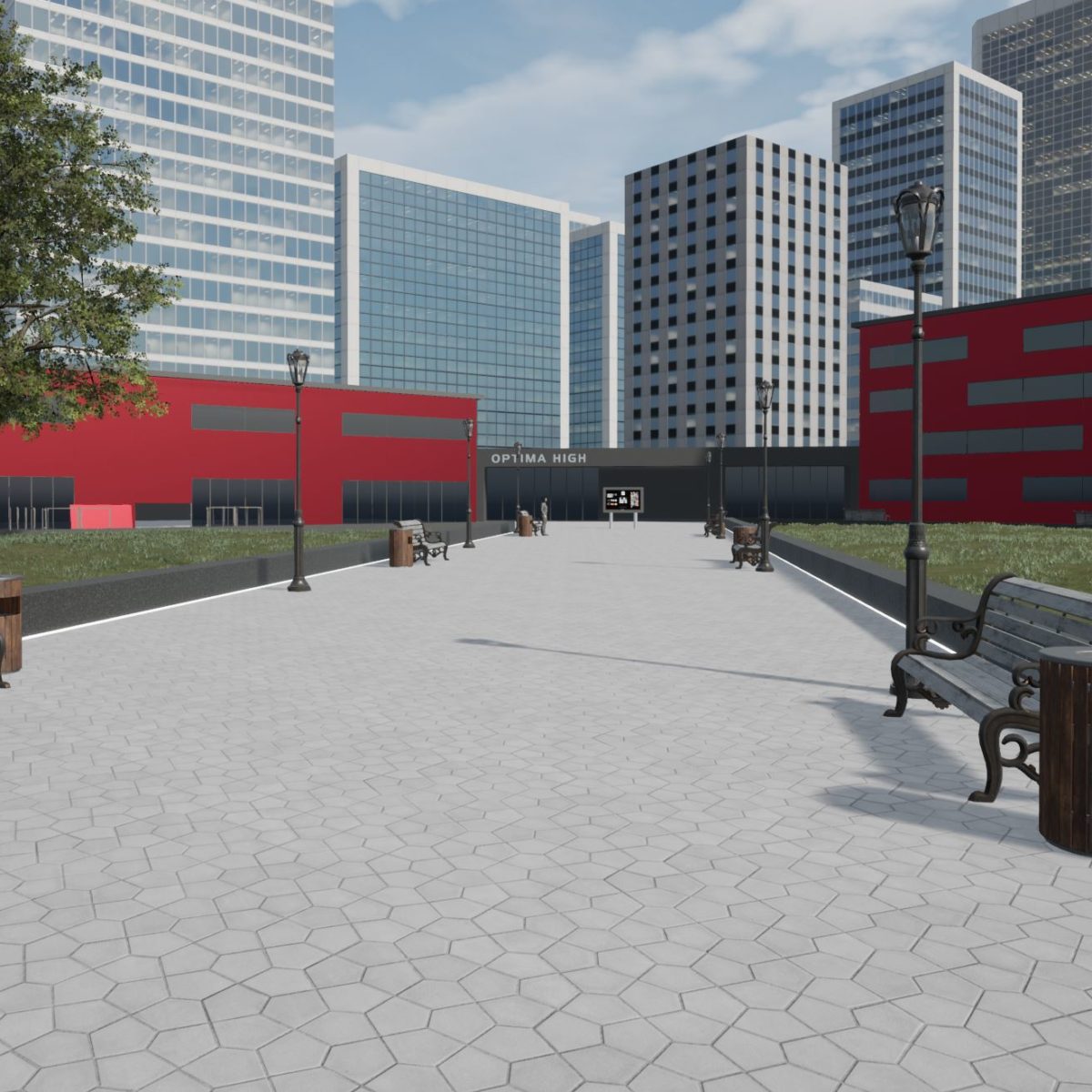As technology continues to develop and the population keeps increasing, it is clear that our cities will have to grow and adapt too; but what might these cities of the future look like? And how could cladding be used within them?
Currently, almost half of the global population reside in cities, with that number predicted to rise to 75% over the next 40 years. The urbanised areas we live in now are overcrowded and severely polluted, so the sooner we start designing cities to sustain population growth and confront environmental issues, the better. New cities will emerge, and the existing ones will have to be renovated to ensure we make the most of every space and resource.
Looking into the future, we are likely to see this intelligent use of cladding becoming increasingly important and on more and more buildings around us.
An idea that seems to be a trend of the future is that of ‘smart’ cities. Advances in the internet would allow incredible amounts of highly specific data to be collected about every aspect of a city, from where it uses the most electricity to potential traffic jams. Sensors and analytical systems being integrated into new buildings may become as important in the planning process as the design and construction of the building itself.
In relation to making cities more eco-friendly, this data could provide valuable insight into energy consumption and carbon emissions, tracking particular problem areas down to individual rooms, allowing owners and councils to meticulously control their buildings output and reduce costs and emissions in the process.
Research and development is already underway into how to maximise the environmental benefits of cladding, by tailoring the materials used on each part of a structure to specifically tackle issues of heat gain and loss. Looking into the future, we are likely to see this intelligent use of cladding becoming increasingly important and on more and more buildings around us.
Another aspect of the future made possible by this ground-breaking data collection, which up until recently we may have only seen in science fiction films such as Minority Report, would be that of personalised advertising and marketing to each individual, even in public places. Using someone’s digital information about their interests could result in billboards and adverts responding to each customer differently; despite raising concerns about privacy, this could revolutionise the way we shop.
Our cities are changing, and our cladding is changing with them.
It’s possible that cladding could become part of this advertising revolution; in the future, cladding may become multifunctional as both weather protection and a marketing tool. Perhaps the sleek aluminium screens we are seeing coat our buildings will not only prevent rain damage to the wall inside, but also act as a visual tool on the outside used to communicate interactive messages to those passing by. Could we soon see cladding that is part rainscreen, part television and part touch screen? It seems hard to imagine, but could become a very real possibility.
Cities rely on their citizens, and it’s thought that the cities of the future will be built around their habits and ideas. We need cities that understand our current demands, as well as predicting what we will require in the future. ‘Smart’ data will not be reserved for just advertising executives, but could become an integral part of the design process for architects, installers and manufacturers alike.
Our cities are changing, and our cladding is changing with them.
What do you imagine the cities of the future will be like?
Read more:




 No downloads in list yet.
No downloads in list yet.